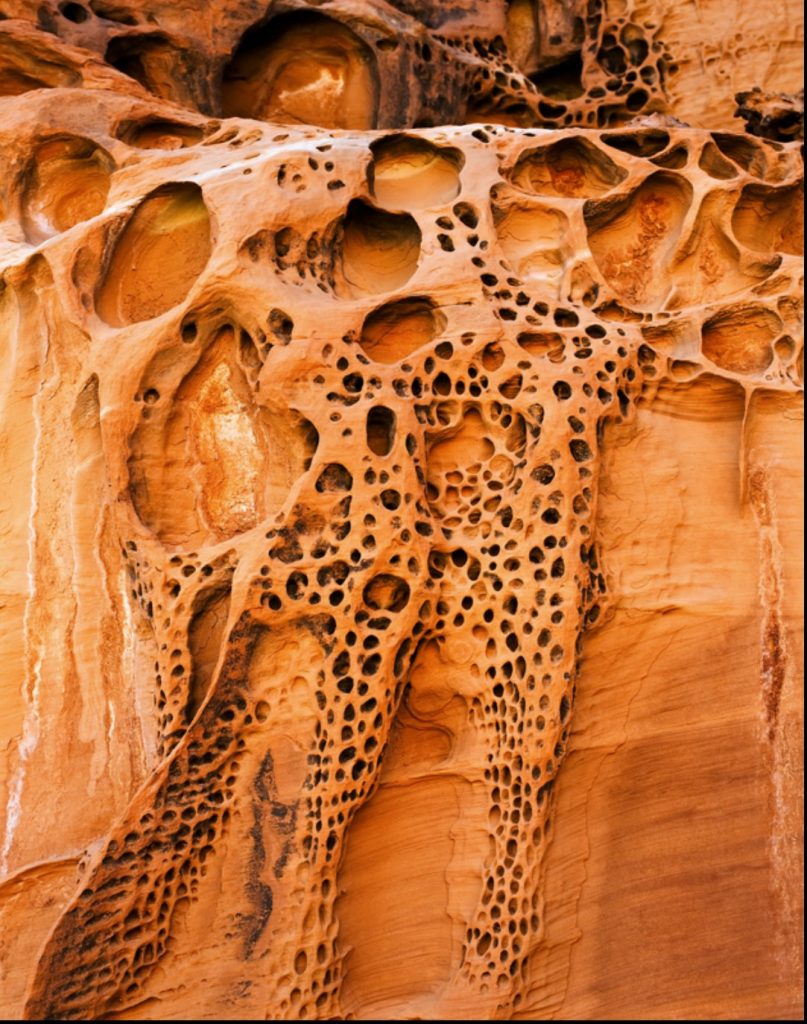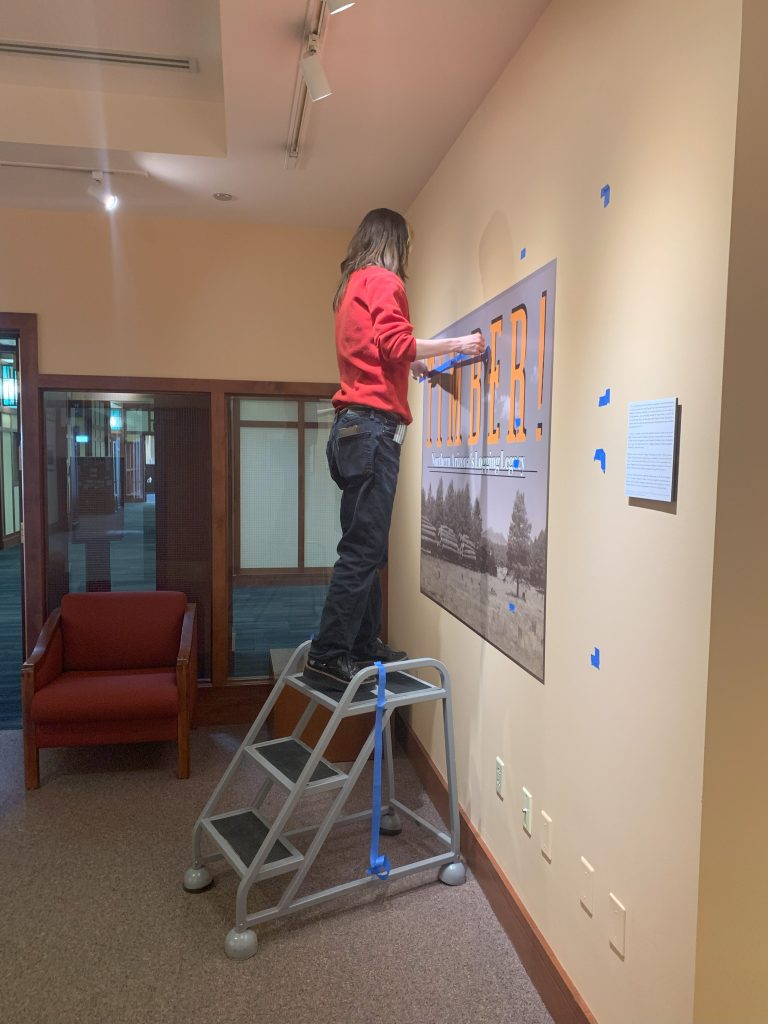We are about halfway through my internship, and I am really enjoying my summer in Flagstaff. I thought everything bloomed in the springtime but, as my allergies would tell you, everything is beautiful and vibrant and making me sneeze. The David Muench Photography records keep me incredibly busy, and I’m glad for it. I get to emerge from temp-controlled, buzzing fluorescents into the warm sunlight that makes me want to travel to the places I’ve been studying in images.

On that note, it has been rewarding when digging through hundreds of images of the same area to find the exact image (composition, framing, time of day) I’m looking for. Basically, I’m a bit of a guinea pig making sure that, from thousands of photographs, specific originals can be found from the finding aid with relative ease. More generally, I’m able to sharpen my curatorial eye and work on more behind-the-scenes tasks such as labels and supporting text, high quality digitization, layouts, metadata, etc. All the tasks that go into making an exhibit feel fluid and intentional while not drawing attention to itself. My entire job with a fine art exhibit is to offer threads for further exploration without taking away from the art, the star of the show. My main question is how do I give searchable information to researchers looking for it while not intruding on the experience of those trying to enjoy the image.

There’s great value in delving into a single artist’s body of work, whether contextually or as a standalone experience. Often we, as students, are exploring a movement of art or a couple of heavy hitters the public is already familiar with, but the attention to a specific artist’s obsessions and techniques has been exciting. I got a taste of this type of specific artist research through my coursework and it is both overwhelming and exhilarating to have boxes upon boxes, rows upon rows, to search through. In my gallery experience, usually the pieces and statements are already picked out and the challenge is how to arrange and design around them. I’m taking it a step further and not only arranging but also selecting the work and writing about it.

I have found the time management, manageable but difficult. It’s challenging to make sure that everything is done that needs to be and that everything else is steadily making progress. The timeline really gives me no space for hesitation, which is good and bad. I have to trust my instincts and work fast while also trying to catch anything that might cause issues down the road or solve issues that popped up. While daunting, these challenges are also exciting as they help to inform future research challenges. I’m always interested to see how different people are interacting with and interpreting different problems or even aesthetics. When I get overwhelmed with the volume of images I could chose from or whatever task, I find it helpful to step back and see how the team is responding or what their input or experience is. It’s also been beneficial when I’m swimming in a certain task to have someone ask a question which diverts my attention away from it and towards something else of importance. While the workload is larger than I’m used to, there is a large support group working me through that.
